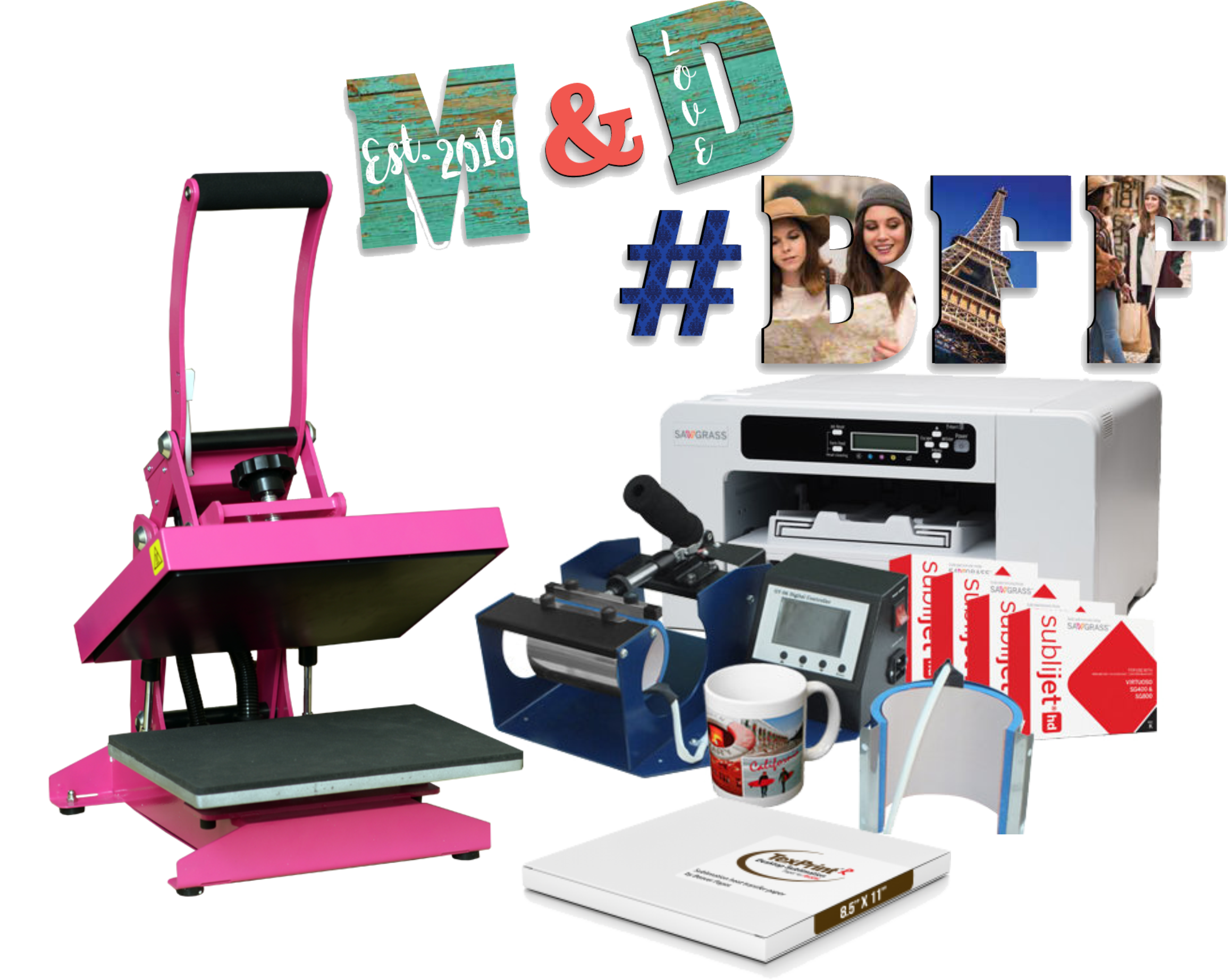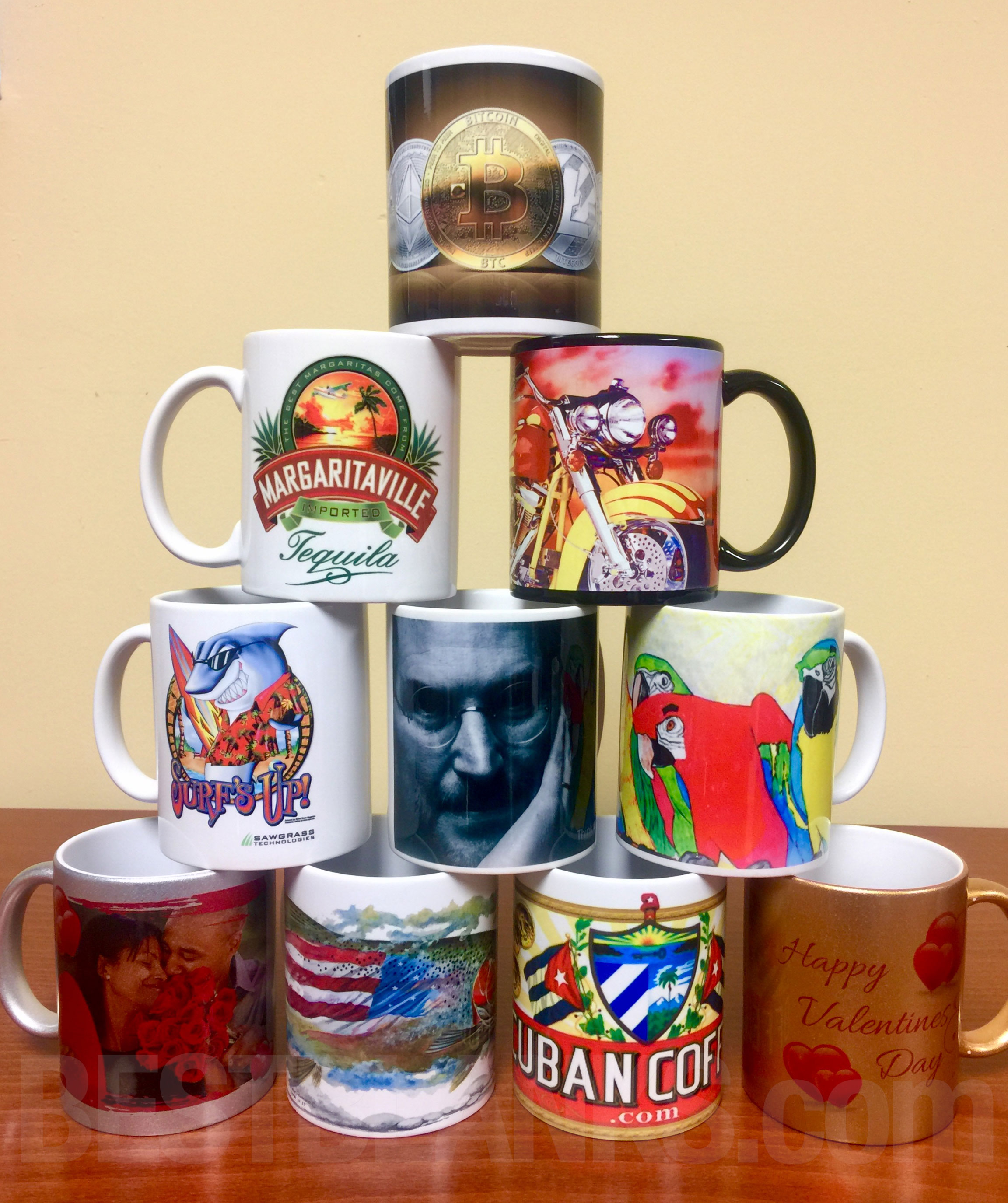From Traditional to Digital: Comprehending the Development of Cloth Printing
The improvement of cloth printing from standard methods like block printing and withstand dyeing to modern techniques such as display and digital printing marks a substantial change in the textile sector. Conventional techniques, soaked in artisanal craftsmanship and social importance, have slowly paved the way to electronic developments that provide unmatched accuracy, performance, and customization. This shift not only improves production abilities yet additionally straightens with expanding needs for lasting techniques. Just how do these innovations affect the essence of cloth printing, and what might the future hold for this ever-evolving craft?
Standard Fabric Printing Techniques
In the very early phases of fabric manufacturing, conventional fabric printing techniques served as the cornerstone of textile layout, supplying both capability and imaginative expression. Block printing, one of the earliest methods, involved sculpting detailed styles right into wooden blocks, which were after that dipped in dye and pushed onto textile.
Withstand dyeing, including methods like batik and tie-dye, employed wax or other compounds to avoid dye from passing through certain locations of the material. This method developed striking contrasts and detailed styles, typically imbued with social significance. Stenciling, an additional typical technique, involved cutting patterns into a product and using dye with the openings, using an easier yet effective way to create repetitive designs.
These traditional methods not only shaped the textile market's very early growth yet also prepared for future technologies. Each technique reflected the cultural and regional attributes of its beginning, preserving and disseminating artisanal knowledge through generations.
The Increase of Screen Printing
The arrival of screen printing in the early 20th century noted a considerable departure from standard approaches, using extraordinary adaptability and efficiency. Screen printing made it possible for developers to produce detailed patterns and vibrant shades on fabrics, which were previously challenging to attain with block printing or hand-painting methods.
Among the essential benefits of screen printing is its ability to duplicate complex layouts on a big range with exceptional fidelity. This scalability made it exceptionally popular in the business textile sector, where automation without sacrificing top quality is critical. Display printing accommodates a large range of dyes and inks, expanding the combination of appearances and finishes offered to developers.
Additionally, the procedure is very adaptable, ideal for different textile kinds including cotton, silk, and synthetics. This flexibility, combined with its cost-efficiency for big runs, strengthened screen printing's duty as a foundation of modern textile manufacturing. Therefore, the rise of display printing revolutionized the sector, pressing the limits of what was possible in fabric design.

The Advent of Digital Printing
Structure on the remarkable innovations brought by screen printing, the textile market experienced an additional groundbreaking growth with the arrival of electronic printing. Emerging in the late 20th century, digital printing revolutionized the way styles are transferred onto materials, providing extraordinary adaptability and performance. Unlike standard approaches, which often required comprehensive setup and significant manual intervention, electronic printing uses computer-aided layout (CAD) technology to produce intricate patterns directly onto the material with high accuracy.
This technology has enabled textile makers to fulfill the expanding demand for customization and on-demand production. By eliminating the requirement for plates and displays, electronic printing minimizes preparations and lessens product waste, making it a much more sustainable option. The ability to print complex photos and a wide array of shades in a solitary pass has actually opened brand-new innovative methods for developers, cultivating a surge in imaginative expression within the sector.
In addition, electronic printing supports smaller set manufacturing runs, which is especially beneficial for specific niche markets and startup style brands. This technological leap has not only boosted functional performance but likewise democratized accessibility to top notch fabric printing, setting the stage for future developments in textile style and manufacturing.
Comparing Strategies: Conventional Vs. Digital
While both digital and standard printing methods have their own one-of-a-kind benefits, they vary considerably in regards to procedure, performance, and ecological influence. Traditional fabric printing, incorporating strategies like block printing and screen printing, entails manual work and elaborate workmanship. These methods are commemorated for their capability to generate rich textures and vibrant shades, usually causing one-of-a-kind, artisan-quality products. They are labor-intensive, time-consuming, and usually restricted in terms of shade selection and layout intricacy.
In comparison, electronic printing utilizes innovative modern technology to move styles directly onto fabric using inkjet printers. This method offers unequaled accuracy and a substantial selection of shade choices, enabling intricate and highly detailed layouts. Digital printing is significantly faster, enabling fast turnarounds and just-in-time production, which minimizes the demand for large inventory storage. Furthermore, it sustains customization and little set manufacturing, dealing with modern customer needs for individualized items.
From an environmental perspective, electronic printing is normally a lot more sustainable. It uses much less water and generates marginal waste compared to traditional approaches, which commonly involve considerable cleaning and dyeing processes. Digital printing is progressively preferred in an era where environmental factors to consider are paramount.
Future Patterns in Towel Printing
As the textile market proceeds to progress, future trends in cloth printing regularly point towards better combination of modern technology and sustainability. One considerable trend is the raised application of digital printing innovations. These developments permit higher accuracy, faster manufacturing times, and the ability to develop complex layouts that were when challenging with traditional approaches. Digital textile printing is expected to control the market, driven by its performance and versatility to consumer demands for individualized and limited-edition products.

Furthermore, the consolidation of wise textiles, which incorporate digital components into materials, is established to reinvent the market. These fabrics can offer added functionalities such as temperature regulation, wellness surveillance, and interactive functions. As technology remains to development, the crossway of digital printing and smart fabrics will open brand-new article opportunities for functional and creative applications in towel printing.
Conclusion
The evolution of cloth printing from conventional methods to digital innovations marks a substantial makeover in the fabric sector. While standard methods highlight artisanal craftsmanship and cultural heritage, electronic printing supplies unparalleled accuracy, performance, and personalization.
The makeover of fabric printing from conventional methods like block printing and stand up to coloring to contemporary techniques such as display and electronic printing marks a considerable shift in the fabric sector. Display printing made it possible for developers to generate elaborate patterns and dynamic shades on fabrics, which were formerly testing to achieve with block printing or hand-painting techniques.
Structure on the exceptional innovations brought by screen printing, the fabric industry experienced an additional groundbreaking development with the arrival learn this here now of digital printing. sublimation printing. Typical fabric printing, incorporating methods like block printing and screen printing, involves hand-operated labor and intricate craftsmanship. As technology proceeds to advance, the intersection of digital printing and wise textiles will certainly open up brand-new avenues for practical and innovative applications in towel printing